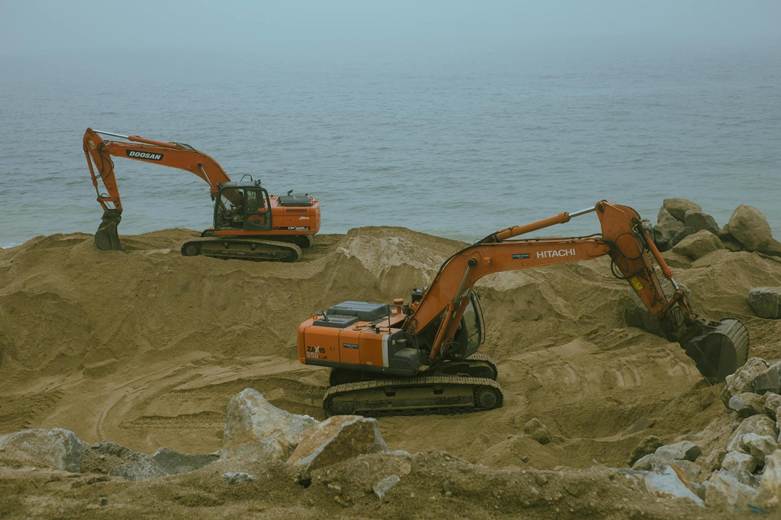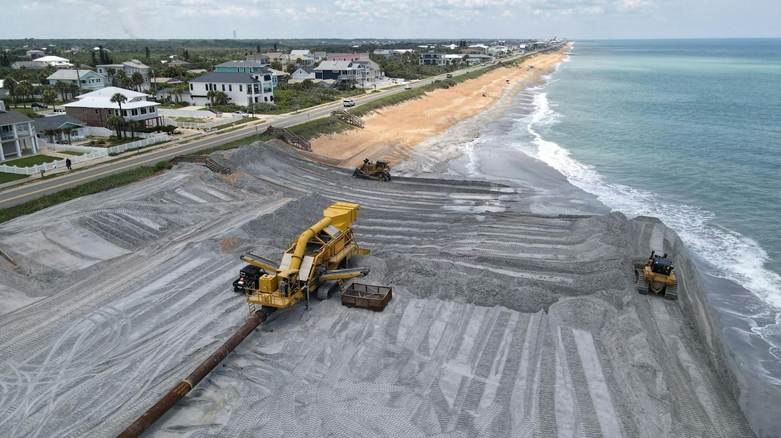Dredging operations are essential for maintaining waterways, preventing flooding, supporting construction, and restoring ecosystems. Planning these operations requires a nuanced understanding of the varied environments where they occur. From residential waterfronts to industrial ports and sensitive wetlands, each property type presents unique challenges and regulatory demands. Proper planning ensures efficiency, minimizes environmental impact, and meets legal requirements.
This blog explores the critical considerations involved in planning dredging operations across different property environments, highlighting how tailored strategies, community engagement, appropriate equipment, and sustainable practices contribute to successful, responsible dredging projects that serve both human needs and ecological balance.

Understanding Site-Specific Conditions and Challenges
One of the foundational steps in planning dredging operations is conducting a thorough assessment of the site-specific conditions. Every property environment possesses distinct physical, chemical, and biological characteristics that can influence dredging feasibility and methods. Factors such as sediment composition, water depth, flow rates, and existing infrastructure all require close evaluation. For example, sandy sediments may be easier to remove but can cause turbidity issues, while clay or contaminated sediments may require specialized containment and disposal techniques.
The presence of nearby structures like docks, pipelines, bridges, or ecological habitats can restrict equipment movement and impose operational constraints. Underwater utilities or archaeological resources might also be present, necessitating careful mapping and monitoring to avoid damage.
Incorporating Operational Efficiency Measures
Maximizing operational efficiency is a key aspect of successful dredging projects, regardless of the property environment. Efficient operations reduce costs, minimize environmental disruption, and improve safety for workers and surrounding communities. One way to achieve this is by integrating advanced technologies like GPS-guided dredging, automated control systems, and real-time sediment monitoring.
These tools allow for more precise excavation, less material waste, and better project oversight. Knowing how to dredge efficiently in the middle of a dynamic and often unpredictable setting can make the difference between a smooth project and one plagued with delays. Efficient planning also includes optimizing material transport logistics, reducing idle machine time, and scheduling work during favorable weather and tidal conditions to avoid unnecessary downtime.
Navigating Environmental Regulations and Permitting
Environmental regulations play a crucial role in shaping dredging projects, especially in sensitive or protected areas. Governments and regulatory bodies impose strict permitting requirements aimed at protecting water quality, aquatic life, and nearby habitats. Compliance with laws such as the Clean Water Act, the National Environmental Policy Act (NEPA), and local environmental ordinances is mandatory and often involves extensive environmental impact assessments and public consultations.
Project planners must familiarize themselves with the relevant regulations and work closely with environmental agencies to secure the necessary permits. This process may require detailed documentation of sediment quality, mitigation plans for potential impacts, and monitoring strategies during and after dredging. Non-compliance can lead to costly delays, fines, and damage to reputation.
Engaging Stakeholders and Community Communication
Dredging projects often take place in or near populated areas, making stakeholder engagement and community communication vital components of successful planning. Residents, local businesses, recreational users, and environmental groups may have concerns about noise, water quality, disruption of daily activities, and potential ecological damage. Transparent communication helps build trust and reduces opposition to the project.
Planners should develop a communication strategy that includes public meetings, informational materials, and regular updates on the project’s progress and anticipated impacts. Involving stakeholders early in the process provides opportunities to address concerns, incorporate feedback, and identify community priorities. Collaboration with local agencies and interest groups can enhance the project’s social license to operate and facilitate smoother implementation.
Selecting Appropriate Equipment for Varied Environments
The choice of dredging equipment significantly affects the project’s efficiency, cost, and environmental footprint. Different property environments demand specific types of dredgers suited to the physical conditions and constraints of the site. For example, cutter suction dredgers are effective in removing compacted or clay-like sediments, while hopper dredgers are ideal for open water operations with sandy materials.
In sensitive environments, environmentally friendly equipment with low turbidity generation may be preferred to reduce sediment suspension and protect aquatic life. The scale of the project also influences equipment selection; smaller operations in residential or marina settings might use hydraulic dredges or suction pumps, whereas large industrial dredging projects rely on powerful mechanical dredgers.
Managing Sediment Disposal and Beneficial Use
Disposal of dredged materials is one of the most challenging aspects of dredging operations, especially across diverse property environments. Sediments may be contaminated, requiring treatment or containment before disposal. Regulatory frameworks often dictate acceptable disposal methods, which can include confined disposal facilities, upland landfills, or open water disposal with strict monitoring.
Beneficial reuse of dredged sediments is gaining popularity as a sustainable practice. Materials can be repurposed for beach nourishment, wetland restoration, construction fill, or habitat creation. Planning for sediment disposal or reuse requires early coordination with environmental agencies and project stakeholders to identify suitable sites and methods.

Planning dredging operations across varied property environments requires a multifaceted approach that balances technical, environmental, regulatory, and social considerations. Understanding site-specific conditions, navigating permitting processes, engaging stakeholders, selecting appropriate equipment, managing sediments responsibly, and emphasizing safety and efficiency are critical steps for successful project outcomes. By tailoring dredging strategies to the unique characteristics of each environment, project planners can ensure that dredging contributes positively to infrastructure development, environmental conservation, and community well-being.









